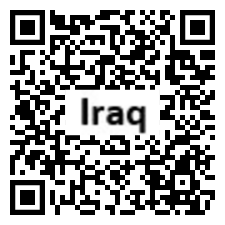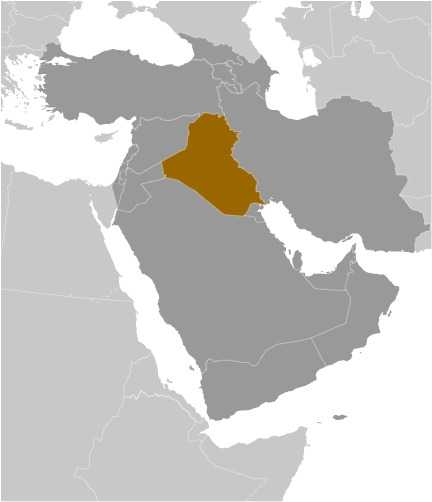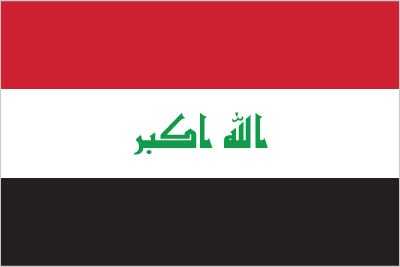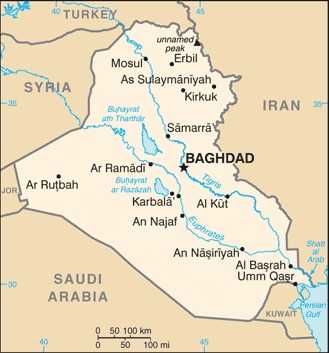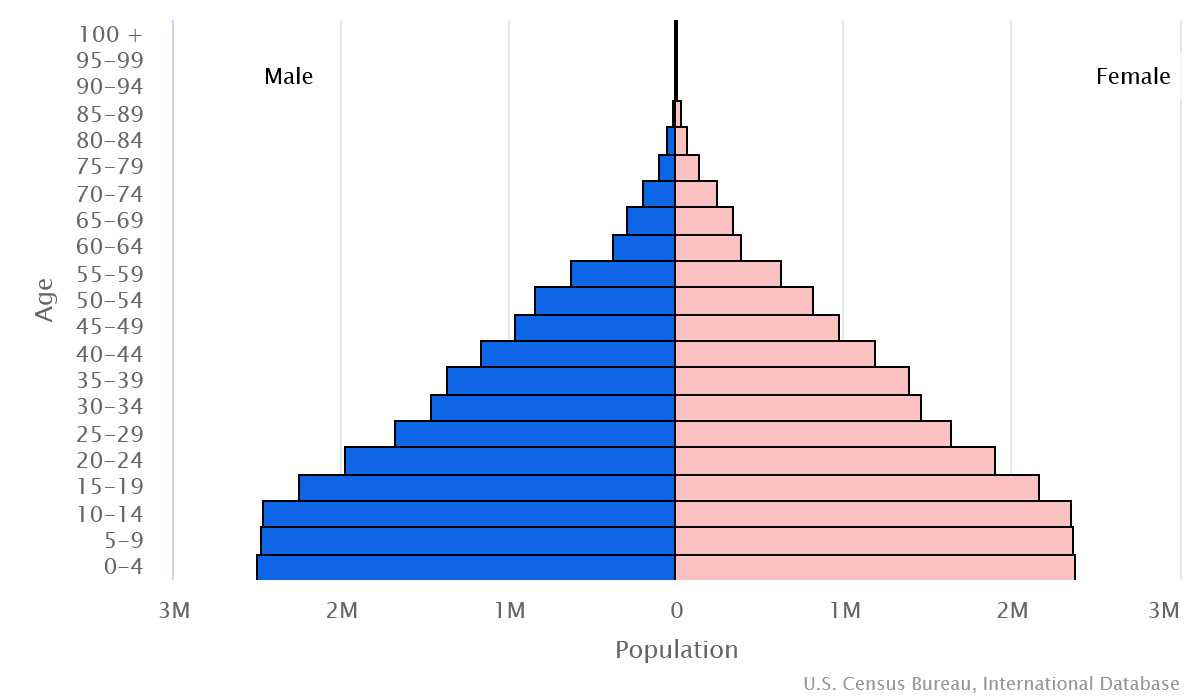Introduction
Background
Formerly part of the Ottoman Empire, Iraq was declared a League of Nations mandate under UK administration in 1920. Iraq attained its independence as a kingdom in 1932 and was proclaimed a republic in 1958 despite ongoing authoritarian control. The invasion of Kuwait in 1990 led to a period of instability as the country tried to install a representative government.
Geography
Area
total: 438,317 sq km
land: 437,367 sq km
water: 950 sq km
Climate
mostly desert; mild to cool winters with dry, hot, cloudless summers; northern mountainous regions along Iranian and Turkish borders experience cold winters with occasionally heavy snows that melt in early spring, sometimes causing extensive flooding in central and southern Iraq
Natural resources
petroleum, natural gas, phosphates, sulfur
People and Society
Population
total: 42,083,436
male: 21,193,356
female: 20,890,080 (2024 est.)
Ethnic groups
Arab 75-80%, Kurdish 15-20%, other 5% (includes Turkmen, Yezidi, Shabak, Kaka'i, Bedouin, Romani, Assyrian, Circassian, Sabaean-Mandaean, Persian)
Languages
Arabic (official), Kurdish (official); Turkmen (a Turkish dialect) and Syriac (Neo-Aramaic) are recognized as official languages where native speakers of these languages are present; Iraqis have the right to be educated in their native language
Religions
Muslim (official) 95-98% (Shia 61-64%, Sunni 29-34%), Christian 1% (includes Catholic, Orthodox, Protestant, Assyrian Church of the East), other 1-4% (2015 est.)
Population growth rate
1.99% (2024 est.)
Government
Government type
federal parliamentary republic
Capital
name: Baghdad
Executive branch
chief of state: President Latif RASHID (since 13 October 2022); vice presidents (vacant)
head of government: Prime Minister Mohammed Shia al-SUDANI (since 27 October 2022)
Legislative branch
description: unicameral Council of Representatives of Iraq (COR) or Majlis an-Nuwwab al-Iraqiyy (329 seats; 320 members directly elected in 83 multi-seat constituencies by single nontransferable vote, 9 seats elected by religious minorities - 5 by Christians, 1 each by Sabaean-Mandaeans, Yazidis, Shabaks andFayli Kurds, and 25% of seats allocated to women; members serve 4-year terms)
Economy
Economic overview
highly oil-dependent Middle Eastern economy; fiscal sustainability subject to fluctuation in oil prices; rising public confidence in economic conditions; import-dependent for most sectors; persistent challenges of corruption, informal markets, banking access, and political fragility
Real GDP (purchasing power parity)
$409.321 billion (2022 est.)
$382.511 billion (2021 est.)
$376.549 billion (2020 est.)
Real GDP per capita
$9,200 (2022 est.)
$8,800 (2021 est.)
$8,800 (2020 est.)
Agricultural products
wheat, dates, tomatoes, maize, watermelons, grapes, potatoes, milk, cucumbers/gherkins, eggplants (2022)
Industries
petroleum, chemicals, textiles, leather, construction materials, food processing, fertilizer, metal fabrication/processing
Exports
$127.079 billion (2022 est.)
$78.261 billion (2021 est.)
$50.666 billion (2020 est.)
Exports - partners
India 32%, China 28%, US 8%, South Korea 7%, Greece 5% (2022)
Exports - commodities
crude petroleum, refined petroleum, gold, petroleum coke, natural gas (2022)
Imports
$69.162 billion (2022 est.)
$50.707 billion (2021 est.)
$54.865 billion (2020 est.)
Imports - partners
UAE 32%, China 21%, Turkey 20%, India 4%, South Korea 2% (2022)
Imports - commodities
refined petroleum, broadcasting equipment, cars, jewelry, garments (2022)
Exchange rates
Iraqi dinars (IQD) per US dollar -
Exchange rates:
1,450 (2022 est.)
1,450 (2021 est.)
1,192 (2020 est.)
1,182 (2019 est.)
1,182.75 (2018 est.)
Page last updated: Tuesday, May 07, 2024
